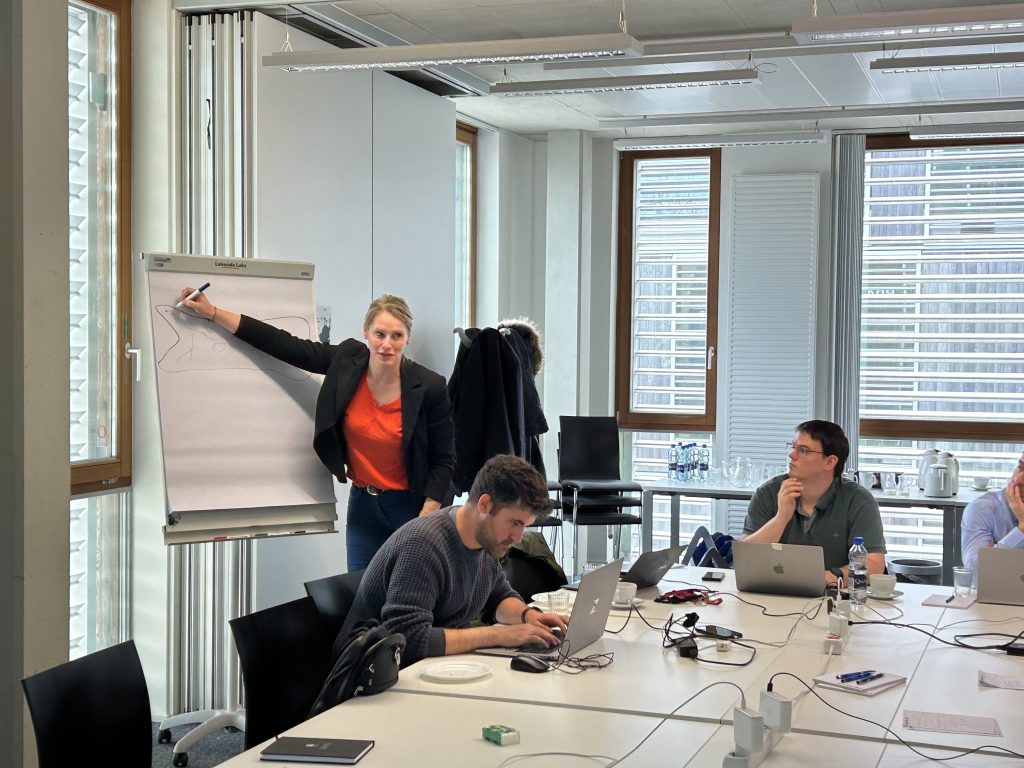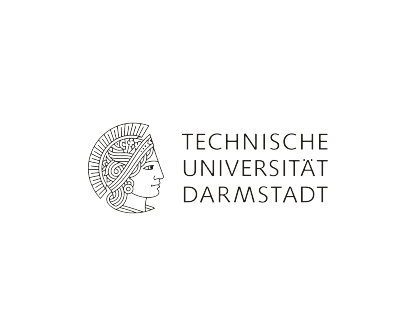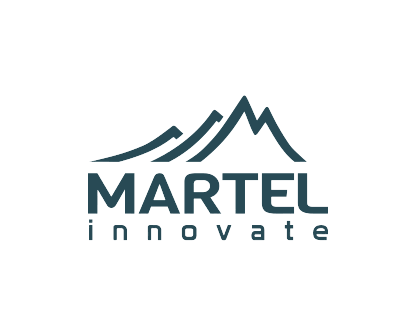During our meeting in Klagenfurt, we took the opportunity to discuss the joint approaches for creating an ACES Edge computing business model. Under the guidance of Luca Remotti and with the support of all teams, we laid out and defined a pathway to identify a minimum set of robust functional features to propose to potential customers, who consider alternatives to traditional distributed systems and centralised cloud architectures.
We are adopting a “spiral approach” moving backwards from the user perspective, and we will further characterise the core advantages for prospective customers of the ACES edge computing: decentralised and intelligent swarm- and AI-based orchestration and workload scheduling; the Cognitive Engine and its supporting services, the Temporal Knowledge Graph to enhance machine learning performance, and infrastructure-level security through host- and network-based intrusion detection. We will also emphasise the value of performance-boosted network functions such as firewalls and NATs, as well as optimised data placement and clear data ownership.
On the same occasion and in line with the ACES exploitation strategy, Melanie Schranz of Lakeside Labs presents their start-up project for a high-tech company that uses swarm intelligence to optimise distributed processes through an agent-based approach, in particular for the optimisation of the management of the electricity production and dispatching.








0 Comments